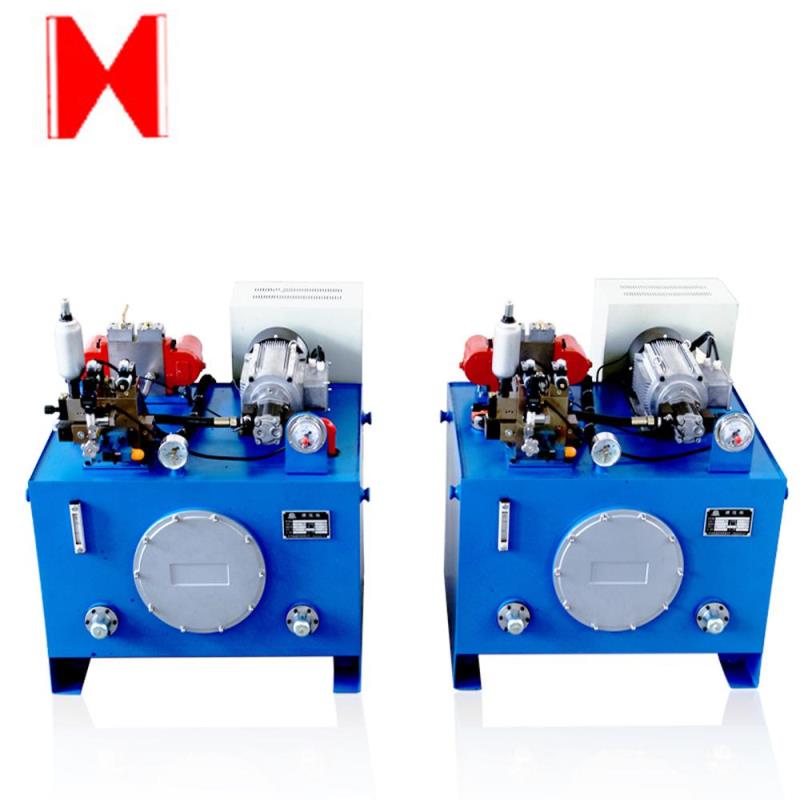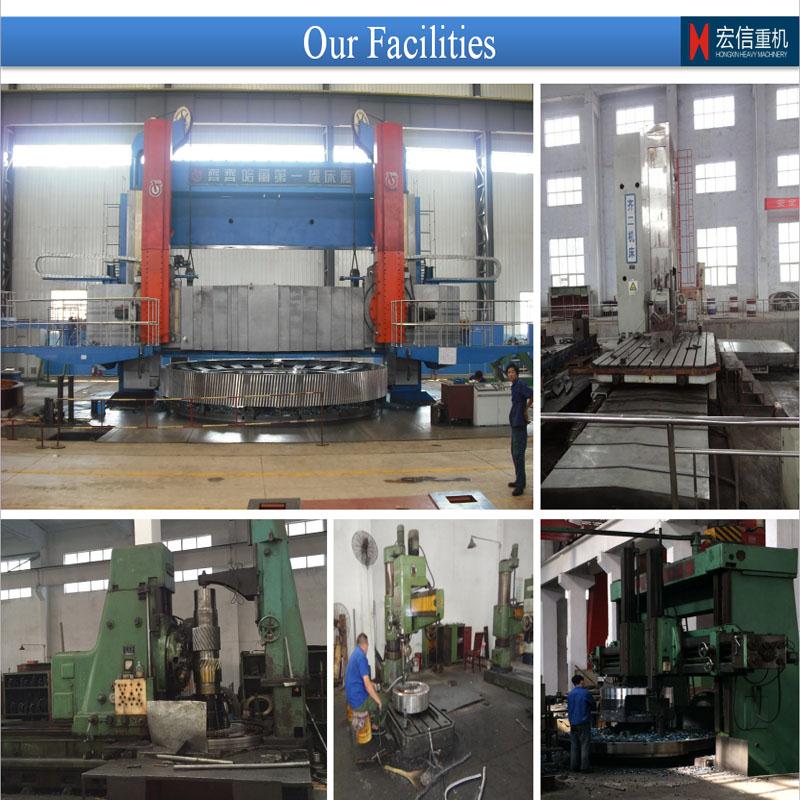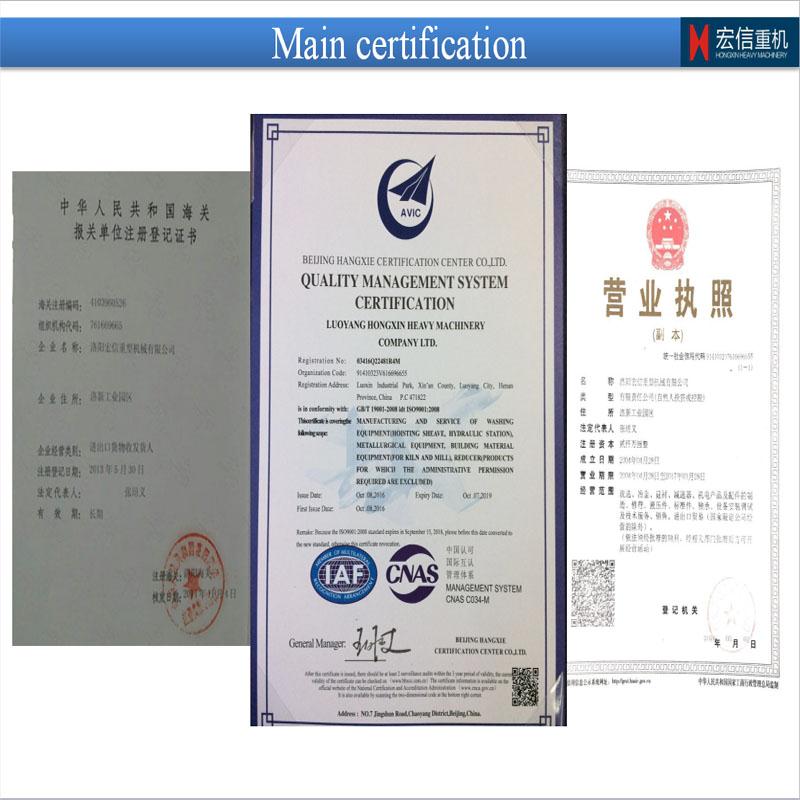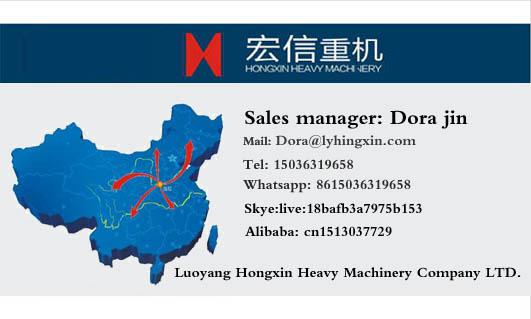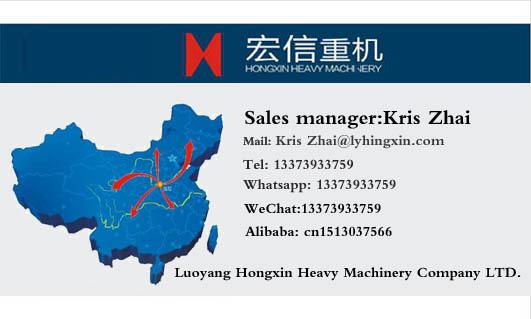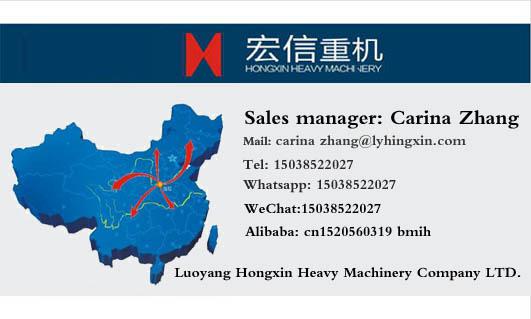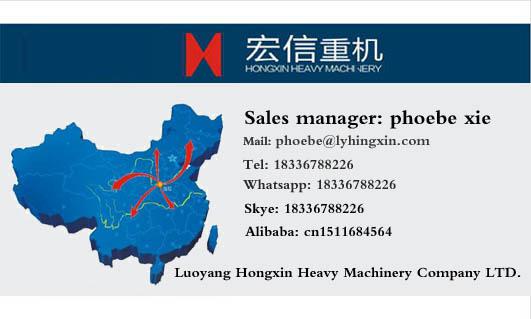Unreasonable large-scale mining of salt mines will cause the ground to sink and halogen, causing damage to ground buildings and various facilities and even causing ecological disasters. For example: British Vigne Garda Salt solution mining, urban housing has been destroyed more than four sets: France Pada Lin Jiya aqueous Brine cause land subsidence and damage the iron route to Paris; former Soviet Union Sila Wei Yangshui mining salt mine caused the ground to sink, affecting the safety of buildings in urban and recuperation areas, forcing residents to migrate; China's Yunnan Yipinglang salt mine, Hunan Xiangyu salt mine also had ground subsidence; Zigang Changshan salt mine once had ground halogen So that hundreds of acres of arable land will be severely reduced, and even no further farming. In addition, the salt mine will cause certain pollution to the ecological and atmospheric environment around the salt mine during the brine extraction process. To this end, salt mine production must adopt effective and effective methods to prevent the occurrence of environmental disasters, and should also solve the inevitable environmental problems in a timely manner.
Hydraulic Brake Control System:
Product Usage :
Hydraulic station with frequency conversionn is a new development product that applies to supper-huge hoist, and wildly used in Kailua
Factory Equipments
Luoyang Hong Xin Heavy Co., LTD. is located in Luoyang Xin'an Industrial Park, Luoyang Hongxin Heavy Machinery Co., Ltd is an enterprise featured with industrial designing, processing and manufacturing, which is qualified for import-export trade. Covering an area of 15,000 square meters and holding an annual production value of 80 million RMB, the company of 20 million RMB registered capital has total 100 staff members, among which there are 20 engineering technicians owning senior and medium professional titles and 40 intermediate and senior technicians capable of product designing and developing.
Hongxin is dedicated to produce reducers, hoists, crushers, Ball Grinding Mills and the equipments of screening, coal washing, metallurgy and cement, and replacement parts. Meanwhile, we provide the perform maintenance service for various series of equipments. There are 52 large-scale equipments applied into the manufacturing process, such as T200 CNC floor boring and milling machine, YK 73125 CNC molding gear grinding machine, YK322B CNC molding gear grinding machine, Y3200 gear hobbing machine, Y1600 CNC gear sharper, 4m vertical lathe, 6.3m CNC vertical lathe, T110 CNC boring machine, and 52 middle-sized productive and assistive equipments, which integrate strong manufacturing and processing capability with complete managing system of production and technology, quality management system and comprehensive testing measures
certificates
Contacts
Hydraulic Brake Control System Hydraulic Brake Control System,Hydraulic Bending Brake Control System,Press Brake Brake Control System,Hydraulic CNC Brake Control System Luoyang Hongxin Heavy Machinery CO., TLD. , https://www.hxreducer.com
1Safe production of salt mines 1.1 Measures to prevent collapse of roofs For rock salt deposits with thin or deep burial bodies, drilling water-soluble mining generally does not have a significant impact on the surface. When the ore body is thicker and buried, the diameter of the cavity cannot be expanded arbitrarily, otherwise serious consequences may occur. In the Qiaohou Salt Mine in Yunnan, there have been accidents in which the well collapsed and smouldered to the surface, causing huge economic losses. The geological conditions of the rock salt deposits are as follows: the top and bottom plates are hard, compact and stable; the top and bottom are unstable.
For rock salt deposits with hard, dense and stable top and bottom plates, only need to pay attention to the reasonable selection of mining technology and technical parameters, such as single well convection method for water-soluble mining of salt domes, control the maximum retained pillars (theoretical calculation of pillars) thickness The ratio of the maximum span of the cavity (D<sub>MAX) (k1) is 2.7 to 3.7, and the ratio of the thickness of the recovery to the DMAX (k2) is 11 to 18.7. The larger the k1 and k2, the higher the safety of mining. However, different countries have different requirements for the above lower limit, such as the US Department of Energy regulations k1>1.87, k2>10.
When the brine is extracted by hydraulic fracturing, the rock salt ore layer is required to be well preserved and sealed, and the compressive strength, stability and salt layer quality of the roof are high, and the buried depth of the salt layer is shallow, especially the cementing quality and pipe are required. The pressure bearing capacity of each part of the string should meet the design requirements, so as to ensure that there is no loss of fresh water injected and collapse of the roof, and the fracturing is successful. At the same time, the well conditions of the salt well should be good, such as mining the double salt layer. The lowermost layer, and for the rock salt deposit with larger depth, in the fracturing process, the central pipe of the original ordinary fracturing should be injected with high pressure water to inject into the casing or annulus to increase the displacement and reduce the pump. Pressure, which not only facilitates the smooth use of the proppant, but also allows the hydraulic energy to reach a sufficient value at the intended location.
For the shallow buried rock salt deposits with unstable roof, not only the two parameters k1 and k2 should be controlled, but also the distance between the two ends (the distance between the lower end of the central pipe and the lower end of the annulus casing or the lower end of the fracturing well and the brine well pipe string) The distance between them is small to reduce the upper dissolution rate, that is, to control the height H of the solution cavity (generally not more than half of the thickness of the rock salt layer; 3 times the height of the deep buried salt solution cavity should be less than the depth of the salt layer) The radius of the groove should be greater than the distance between the bottoms of the two wells. The spacing of the cavity should be much larger than the theoretical calculation of the thickness of the column, and the recovery should be greater than the depth of the salt layer. In order to control the upper dissolution in the dissolution chamber, it is preferable to use a stable oil cushion layer (the thickness of the cushion layer is not less than 2 cm) to protect the roof of the rock salt layer.
In order to keep the cavity stable, the shape is preferably spherical or ellipsoidal, but this shape is often difficult to achieve. Yu Xianbin used the axisymmetric linear elastic finite element method to calculate and analyze the stability of the cavity in the rock salt thick ore mining under the drilling water-soluble method. The results show that when the lateral pressure coefficient of the original rock stress is λ<0.5, the stability of the top plate is favorable when it is arched or similar. When λ>0.5, it is more favorable for the top plate of the cavity to remain flat when it is dissolved. The stability of the cavity; when the λ is large, the diameter of the cavity is appropriately increased, and the stability does not change significantly.
1.2 Analysis of the causes of accidents and their treatment methods Whether it is single well circulation convection or fracturing mining, the water injection flow ratio, brine concentration and water quality should be monitored from time to time. In the event of an abnormal phenomenon, such as the ratio of water injection to halogen is above or below the normal value (0.7 to 0.9), and the brine concentration is drastically reduced or increased, the water injection should be stopped immediately and the cause of the accident should be quickly analyzed and determined. Do not inject a large amount of fresh water and destroy the halogen. Wells cause environmental hazards.
When the ratio of water to halogen is reduced, and the pressure inside the tubing and casing is lowered, it is possible to cause halogen leakage or deep leakage of the formation. At this time, a wide range of on-site inspections should be conducted to extract groundwater for analysis to determine whether the ion concentration is increased, and to find out the cause. For the halogen in different places, the brine is first extracted by mechanical means. Under the condition that the pressure is not too large, the sealing layer is further closed to close the halogen. For the deep leakage of the formation, the underground pipe string should be taken out first, and after re-solidification, The production can be resumed.
When the concentration of the halogen is reduced, if the flow rate of the brine is also reduced, the flowing water source in the surrounding formation may penetrate with the brine well; if the flow rate of the brine is normal, there may be a sandwich of a lower grade. For the former, first analyze the geological data: if it is a thin interlayer, it can increase the pressure and flow of fresh water, forcibly erode and penetrate the interlayer; if the interlayer is thick, the string should be taken out and mechanically drilled. After the interlayer is re-solidified, it is put into production.
When the inlet and outlet water flow ratio, the concentration of the halogen, and the pressure in the string suddenly decrease, and the amount of sand in the brine suddenly increases, serious roof collapse may occur. The collapse of the roof is often accompanied by deformation of the underground casing. At this time, the deformed part of the pipe string should be cut and dropped into the cavity, and then the pipe string is re-introduced, and the brine in the cavity is extracted to reduce the pressure in the cavity to avoid halogenation in the formation. While sealing off the salt well, the brine is used in close proximity to the salt well or the newly built well, so that the brine that has penetrated into the surrounding formation is smoothly returned to the ground to eliminate hidden dangers.
2 Environmental pollution caused by mining salt mines and countermeasures 2.1 Pollution and countermeasures to soil environment in salt mining The mining of salt mines, whether using underground tunnels or using drilling water-soluble mining, is first of all brine. For dry mining, it also involves the problem of stacking and disposal of residues on the ground. The widely used groundwater solution mining, product brine will inevitably cause leakage of the pipe wall during transportation, which will cause pollution to the soil or water body. Immediately after the accident is resolved, the contaminated soil or water body should be evaluated and treated. The simplest way to identify and evaluate the degree of pollution is to directly measure the conductivity of the water sample (for soil, because the main component of the brine is soluble, it can still be dissolved by water after being absorbed by the soil). In general, uncontaminated surface water has a conductivity of 10-5 S•m-1, while saturated brine has a conductivity of 250 S•m-1, which can be used to evaluate the contamination of soil or water. The geochemical characteristics of the soil indicate that the soil near the mining area has been significantly salinized. The average total salt content is 0.61%, and secondary salting is more obvious. In the waters of rice infestable areas, the average chloride content is as high as 2668.66 mg/dm 3 .
For the soil contaminated by brine, it is mainly improved by planting salt-tolerant plants. For example, the soil with pollution is narrow, and the method of using soil and deep turning can also be adopted. At the same time, the salt mine should be strengthened. The brine transport pipeline should be dispatched by special personnel to conduct inspections, timely discover the possible or existing accidents, and make emergency treatments to reduce the possibility of soil pollution and reduce the cost of salt mines. And reducing the losses caused by salt mines to farmers.
